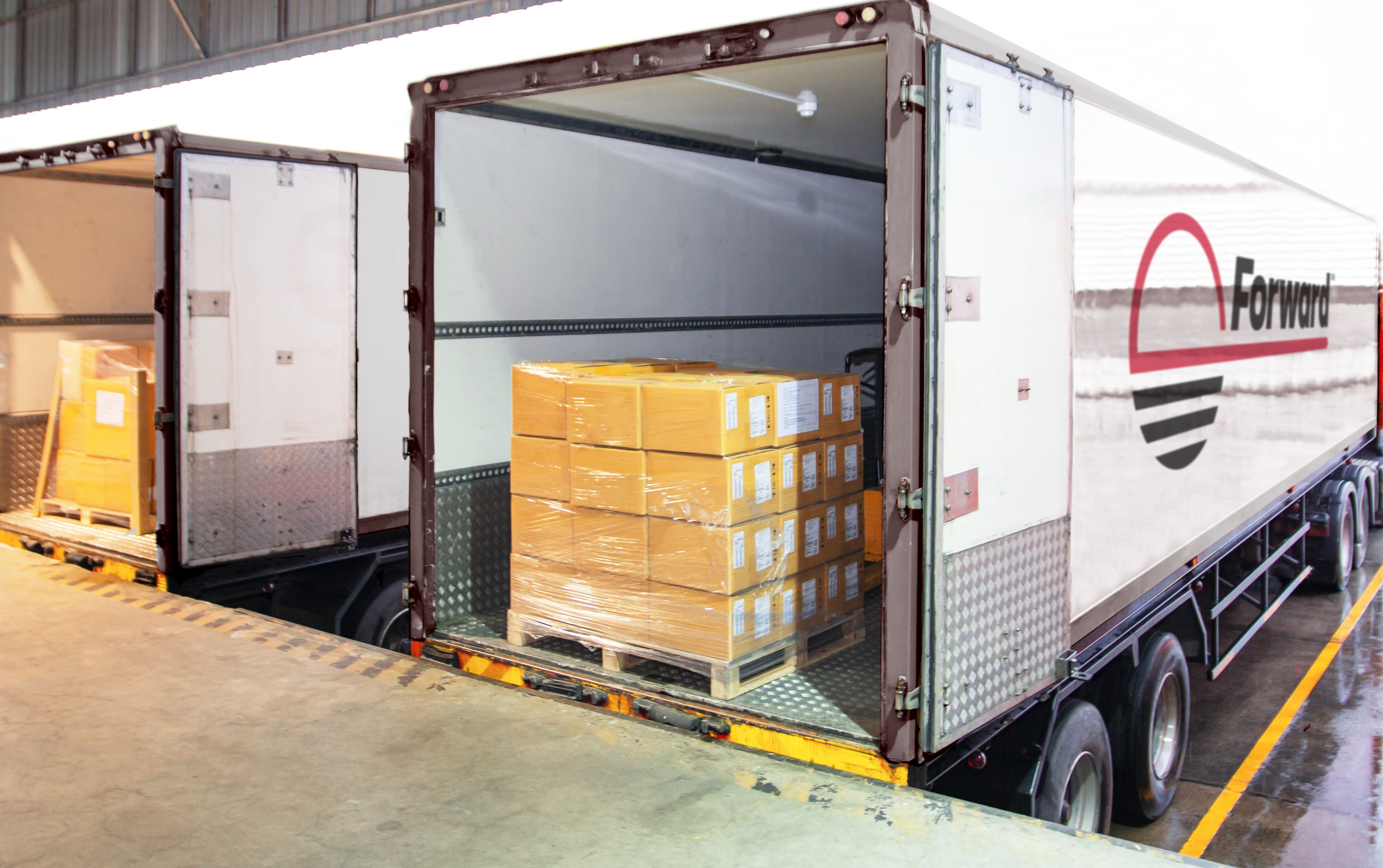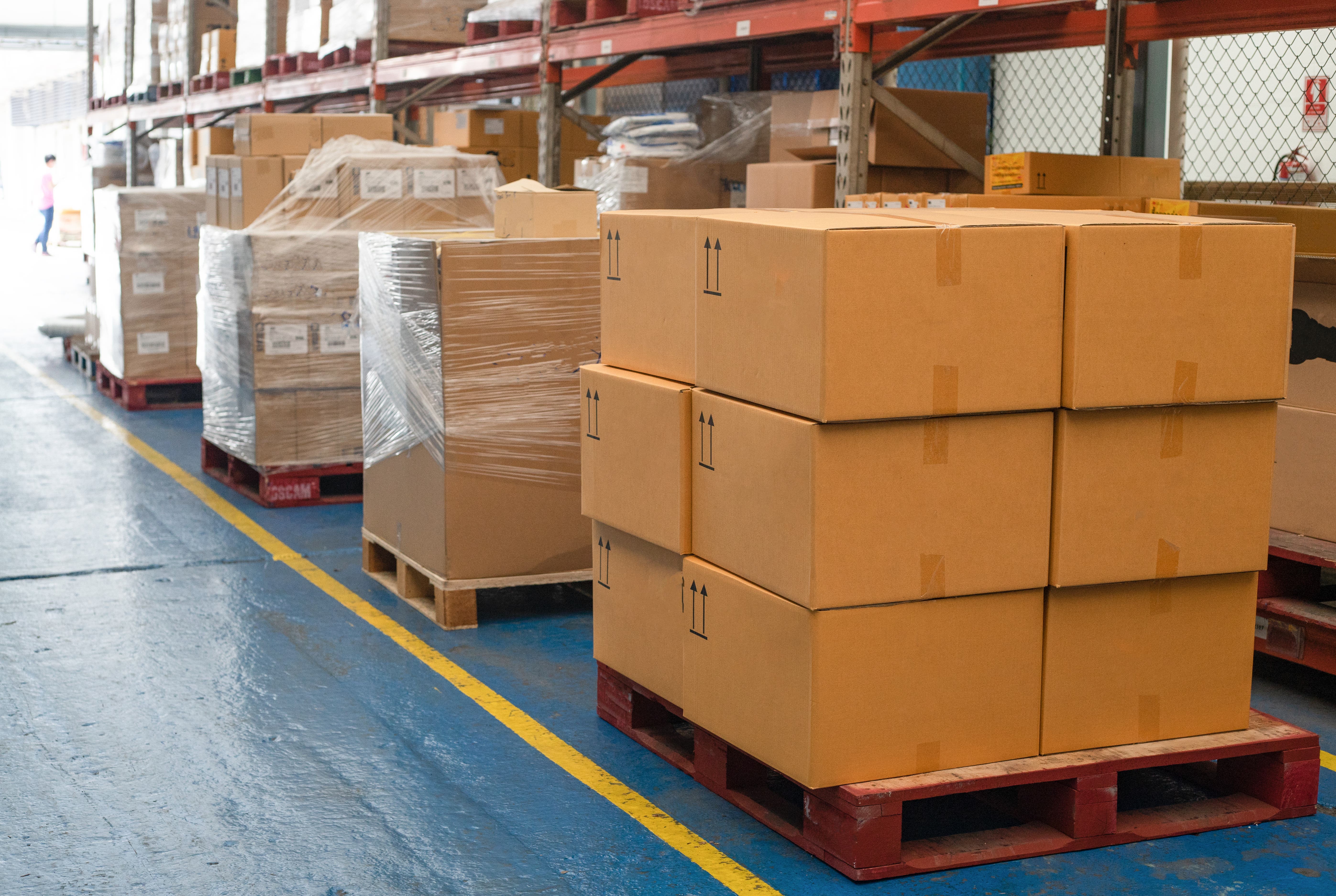As 2023 approaches, the nation has widely reverted to pre-pandemic norms, most notably in the e-commerce industry. Retailers, open again, continue to persuade buyers to return to their store-bought ways. The result? A rapid onset of online purchases, creating an explosion of growth for e-commerce, falls back to pre-pandemic norms as consumers reallocate budgets to travel, entertainment, and in-store purchases as before.
Feeding Bellies and Boredom
The current state of e-commerce is somewhat of an enigma. Declining sales and diminishing online activity are readily attributed to inflation, but are other factors at play? Consider how the 2019 Covid pandemic ushered in a rapid wave of e-commerce converts, skyrocketing sales, and propelling growth for home delivery services across the nation.
All for good reason, to feed bellies and boredom during global shutdowns.
As we approach 2023, a year-over-year sales decline and inflation seem to tell a cautionary tale. On the other hand, many e-commerce retailers have been outspoken about their 2022 record-breaking Black Friday and Cyber Monday sales, creating a puzzling juxtaposition. Perhaps the 2023 trajectory of the industry is not as bleak as one might think. Read on to learn what experts say about the future of e-commerce and how the industry is expected to rise in the coming years.
E-commerce Growth Through 2026: Voice of the Experts
In our technological landscape, rapid change occurs in every industry, no question there. Among the most agile is e-commerce, an industry born from emerging technologies and one that continues to survive off the digital ecosystem.
The past three years have brought about yet another need for adaptation in e-commerce. Emerging market forces exerting pressure on the industry call for systemic change. To reap the rewards, e-commerce professionals should pay attention and do what they do best, adapt. Notably, three specific market forces give opportunities for adaptation and, as a result, increased profits. Research shows the future state of the industry requires professionals to adapt to fast-changing customer expectations, prepare for a 12% growth metric each year through 2026, and leverage advances in tech and data to provide insight to improve the customer journey from beginning to end. The ability to handle these forces can be achieved by creating a frictionless journey from device to delivery.
What is the customer journey and why does it matter?
Aligning the buyer needs with the goals of e-commerce retailers, we see the customer journey morph into the perfect solution for both buyer and seller. The technological struggle can be frustrating in the digital space, but it doesn't have to be. By eliminating roadblocks and barriers common in a buyer's digital journey, broken links, disappearing products, or clunky redirects, to name a few, e-commerce retailers can create a frictionless journey for the buyer. Consequently, early adapters will see at least a 20% revenue increase by 2026, according to the 2022 Gartner Magic Quadrant Analyst Report. Expected to increase at a solid 12% each year through 2026, the growth trajectory of e-commerce and the success of one e-commerce retailer over another depends on solid partnerships in technology and transportation. After all, the frictionless buyer's experience in the digital space will ultimately manifest at the consumer's doorstep.
The goal? To create a holistic customer journey reducing barriers and roadblocks for every stage of the journey. E-commerce providers that adapt will retain customers and bring in new ones causing the 12% industry growth projection to become reality. And with this growth, a need for strong partnerships will arise.
Building Strong Partnerships from Device to Doorstep
The last component of the frictionless buyer's journey is the physical transport of the goods purchased. E-commerce executives understand the need to have strong partnerships with industry-leading transportation providers that ensure products are delivered quickly and efficiently. As noted by McKinsey and Company, Eddie Huang, the chief strategy officer of SF Express says it best:
"The stability of operations and logistics, among other things, is critical to service quality and customer experience."
E-commerce professionals are looking for partners that offer a consultative approach that will collaborate to find creative solutions for real-world problems as they come up. Forward offers that consultative approach for the transportation leg of the journey.
Achieving value-based deliveries through a single source provider is possible. Increased profits, quick delivery times, improved customer experience, and recurring customer retention in the form of repeat orders are only a few benefits of a solid transportation partnership. As a single-source provider, Forward has the resources to offer single-trip productivity through our nationwide footprint comprising of over 200 locations. Many terminal locations result in less handling of products and options for pooling orders to reduce costs. To serve our e-commerce customers with excellence, we can uniquely combine our services, such as long haul, final mile, and white glove, to create a seamless experience. Beginning the product journey with linehaul, next providing scheduled delivery and installation, and finally completing the experience with white glove clean-up and haul-away. Creating custom solutions for our customer's unique needs is part of how the Forward team provides maximum value.
A Customer-Centric Approach Results in Big Wins
As online shopping emerges as a standard expectation from consumers, an opportunity is present for e-commerce retailers to identify the wants and needs of their customers and provide, at the right time and in the right environment, solutions beyond the typical transaction, reducing barriers to purchase. As market demands shift, tech and data become widely accessible, and an expected 12% growth in e-commerce each year through 2026 are but a few of the market forces to be mindful of in 2023. Creating solid partnerships in transportation to fulfill the frictionless customer experience is essential for the success of e-commerce distributors. Ultimately, a customer-centric approach leads to a mutually beneficial relationship where barriers are reduced, transactions are successful, and collective goals are realized.




